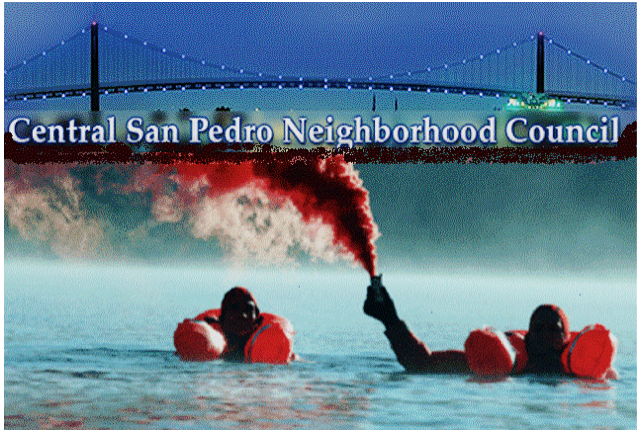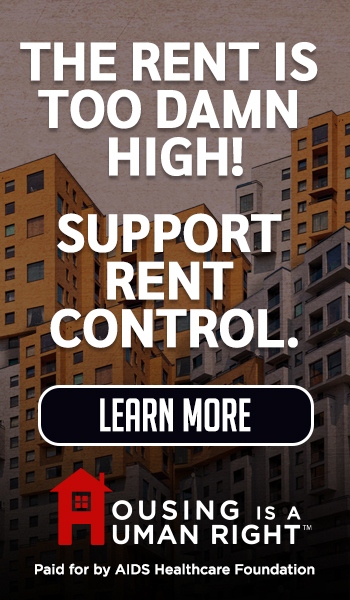‘Finders, Keepers’: LA Doesn’t Want Your Lost Dogs or Cats in City Shelters
ANIMAL WATCH--If your dog or cat goes missing in the city of Los Angeles, Animal Services GM Brenda Barnette has a plan to keep it out of her shelters, but you may not be happy with this alternative.











